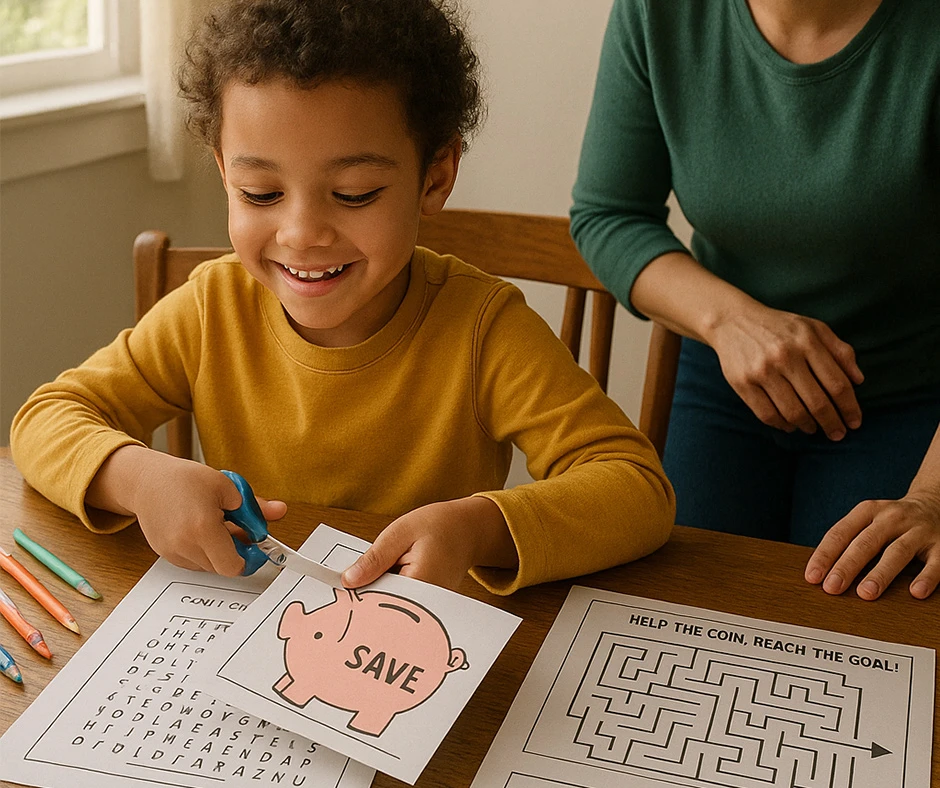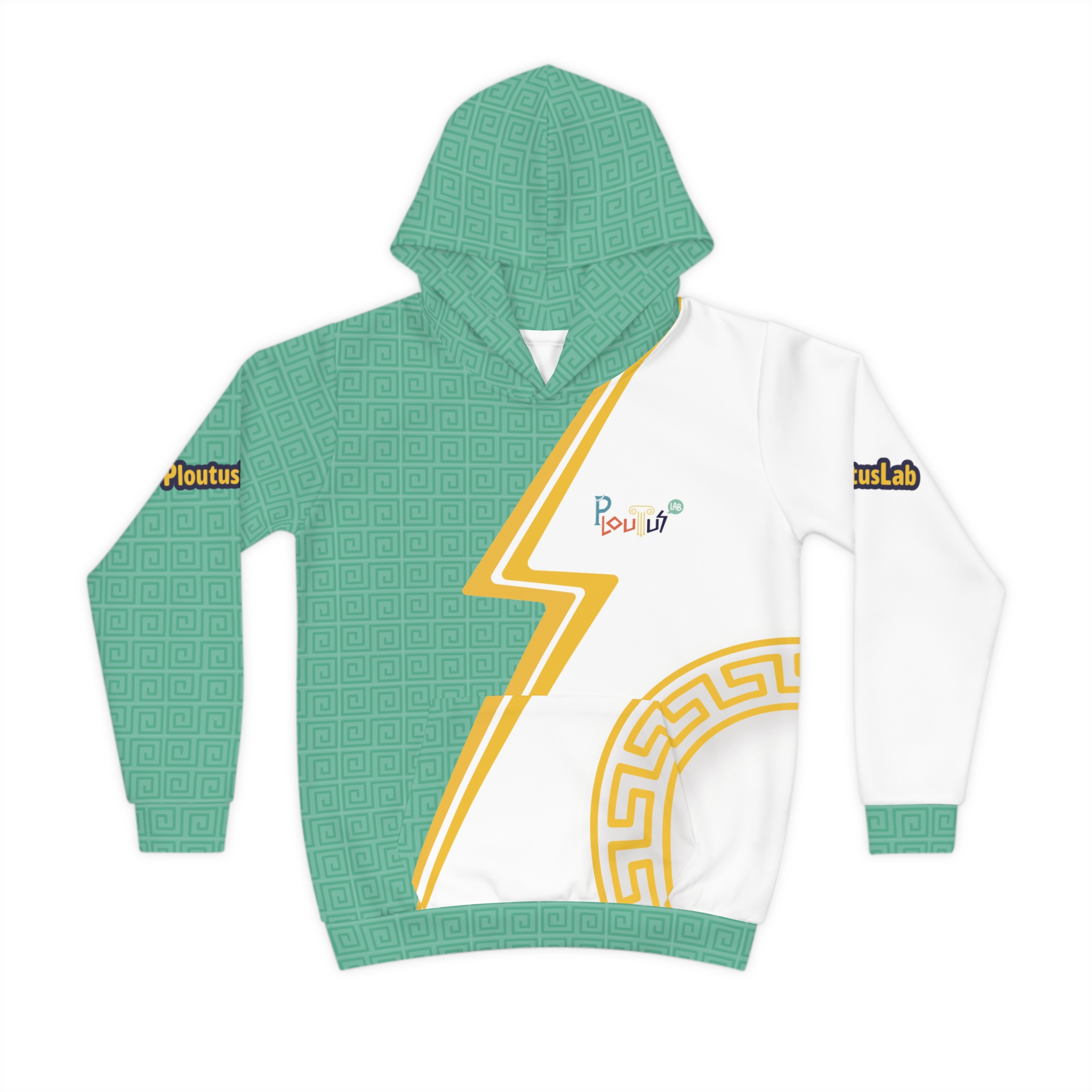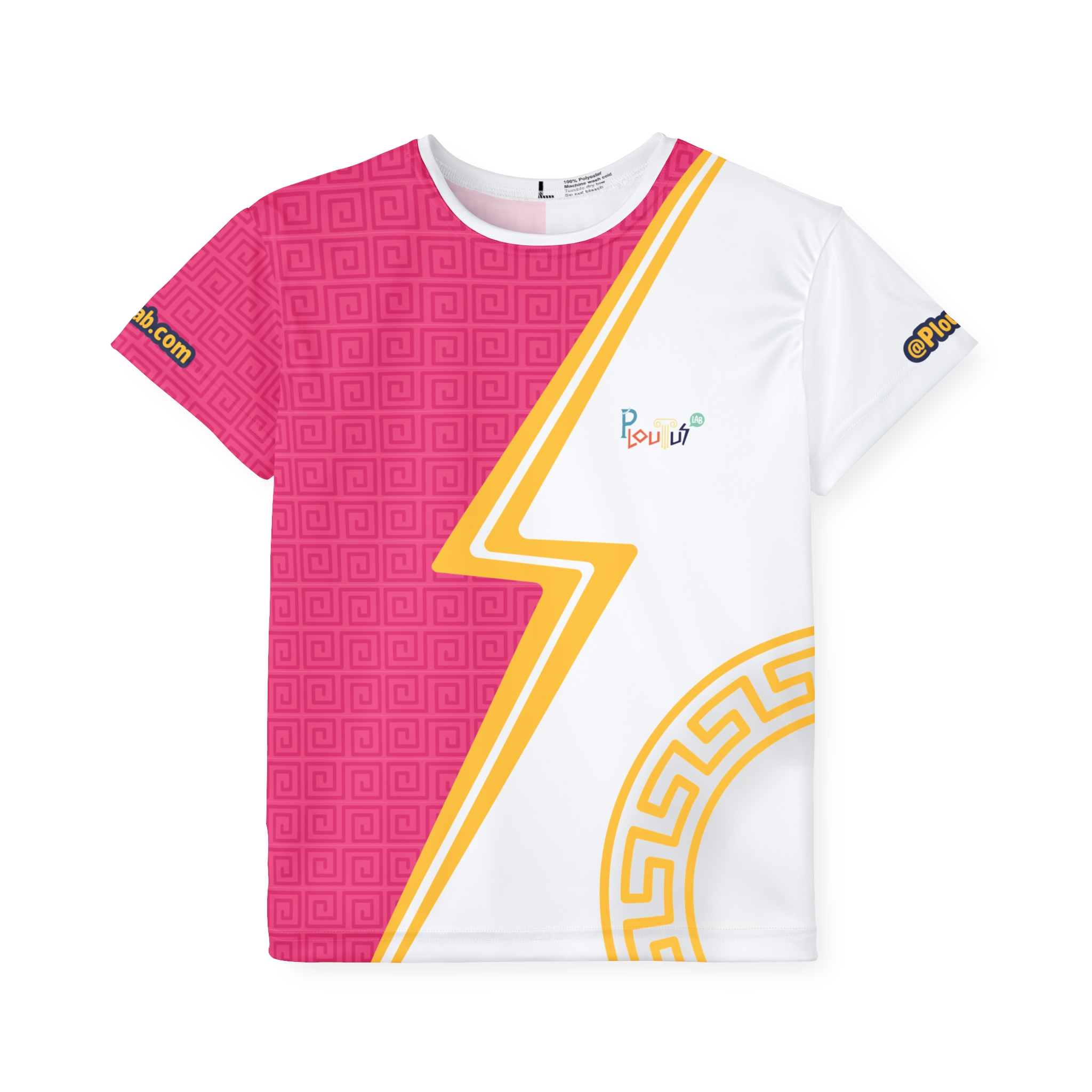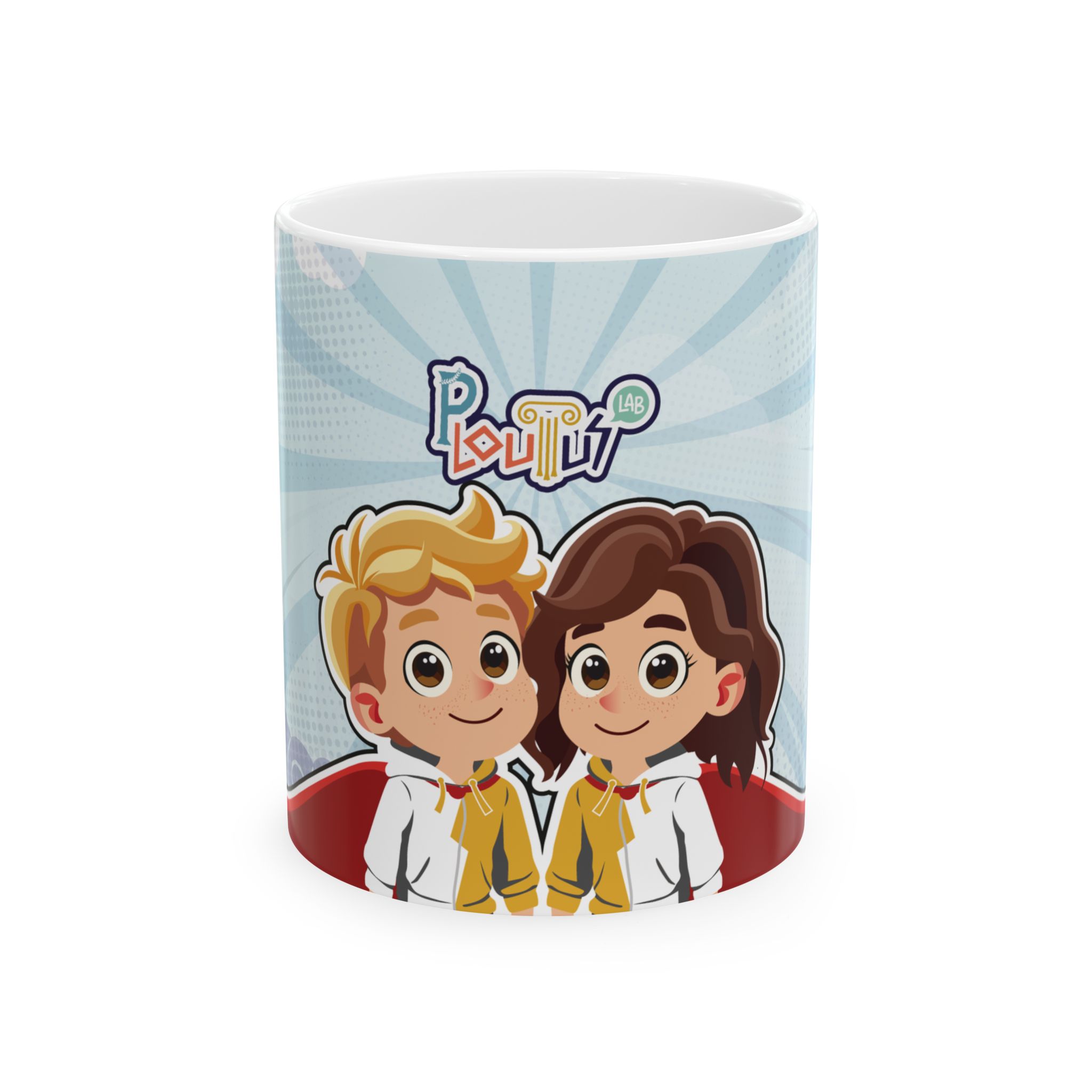The secret of financial games: how to teach financial education by playing without them realizing it
When a child plays, their brain creates deep connections. If the play involves sorting wants and needs, planning a budget, or avoiding impulse purchases, they're also learning financial literacy without even realizing it.

“Play is not a pause from learning. It is the learning.” — Stuart Brown
When a child plays, their brain creates deep connections. If the play involves sorting wants and needs, planning a budget, or avoiding impulse purchases, they're also learning financial literacy without even realizing it.
Why are financial games the best way to teach about money?
Child development requires excitement and active repetition. Financial education games transform budgeting, intentional saving, and spending self-control into fun, visual actions.
7 activities from the “Be a Real Hero” workbook that teach finance through play
- Savings Labyrinth (p. 12): impulse control and decisions under pressure.
- Money Word Search (p. 11): Functional bilingual financial vocabulary.
- True Treasure Crossword Puzzle (p. 18): Financial Emotional Intelligence.
- Comic “Gaston vs Thrifty Hero” (p. 7): impulsive spending vs useful investment.
- Cutouts: “I want it or I need it” (p. 9): avoid impulse buying.
- The Path to Savings (p. 13): planning and visual goals.
- “Act like a boss” (p. 14): $20 fictitious for money management.
What science says about playing and learning finance
The American Academy of Pediatrics confirms: structured play strengthens executive functions (self-control, working memory, long-term planning).
Real results you'll see at home
| Your child learns… | You notice… |
| Financial education as a daily game | Less impulse buying and more reflection |
| Bilingual vocabulary in English and Spanish | Bilingualism without additional screens |
| Enjoy while you plan and save | Pride in his perseverance |
| Decisions with values and purpose | Deeper conversations |
Conclusion: Playing isn't wasting time, it's sowing wisdom. Start today with a piece of paper: scissors, curiosity... and a table with imagination.






